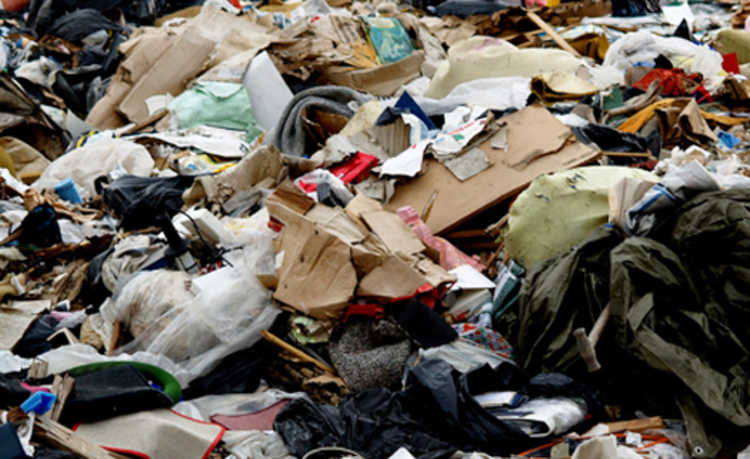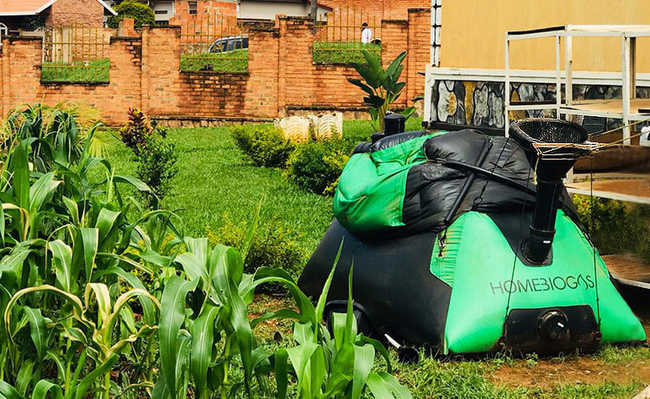Is there a recycling of TVs? How to correctly dispose?
Recycling TVs can be done partially, but before that you need to dispose of them correctly.

Who doesn't have or at least has had a TV set? Patented by a Russian in 1923, this intriguing machine only had a Brazilian channel in 1950, founded by journalist Assis Chateaubriand, TV Tupi.
But very different from the time of Chateaubriand, when a television cost around seven thousand dollars and almost no one could buy it, nowadays it is present in 97.2% of households in the country (data from 2013).
And with the exception of those that rescue and use objects vintage by taste, ecological feasibility or economic necessity, in general, with the evolution of technology, the drop in prices and the advent of programmed obsolescence, what ends up happening is that people decide to change the broken or old TV for more modern versions.
But with so many people buying more and more new TVs, what happens? Hmm... I think you thought right: the increase in disposal, which provides an increase in electronic waste in the environment. In 2005, Brazil already occupied the first position of generating e-waste in Latin America, producing 97 thousand tons a year! And the worst thing is that the forecasts are for growth! Sadly, we need to inform ourselves to reduce the damage caused by disposal.
Do you know what they are made of, how to dispose of and how to recycle a television? Not? So here it goes:
Electronic waste, including television, is made up of more than a thousand types of substances, but there are some distinctions between more current and tube televisions - which are significant in terms of the environmental impacts they can cause and their ways of recycling.
tube TV
In the case of tube TV - or CRT televisions (Ray Tube Cathode, which in Portuguese means Cathode Ray Tube) -, present in 61.6% of the homes of the Brazilian population in 2013, its toxic components are varied and cause countless damage to the environment and to human beings, but the biggest problem is the lead that , per device, can hold from one to four kilos. Lead, if disposed of incorrectly and contaminating the water table and the soil, can cause damage to all beings that accumulate it in their body. In high concentrations in the human body through consumption of contaminated food and water, it can cause short-term gastrointestinal disturbances, liver and kidney damage, hypertension and some neurological effects. And, in the long term, it can cause anemia, tremors and paralysis, attention deficit and fetal malformation.
LCD TV
The latest TVs like the LCD screen (Liquid Crystal Display, which literally translates to “Liquid Crystal Display”) have arsenic in the glass of the display and mercury in their fluorescent lamps, which serve to illuminate the display. Mercury, which in minuscule amounts was already used to treat injuries (afterwards it was banned), in larger quantities present in water intended for human consumption, for example, can deteriorate the nervous system, cause motor and sensory disturbances, tremors and dementia. Arsenic, in contact with the skin, respiratory and digestive tract in significant amounts, can cause chronic intoxication leading to dermal lesions, such as hyper and hypopigmentation, peripheral neuropathy, skin, bladder and lung cancer, kidney and peripheral vascular disease.
plasma TV
Plasma TVs are similar in structure to LCD monitors. They are basically two glass plates and electrodes, which are composed of fluorescent microtubes that generate the image from a phosphor layer, using the operating principle of fluorescent lamps. And as is known, phosphorus is an essential nutrient for all beings, however, in high concentration in the soil, it can drain into aquifers and cause eutrophication, unbalancing them ecologically.
LED monitor
On the other hand, LED technology screens (Light Emitting Diode, or better saying, Light Emitting Diode), despite having heavy metals in their general composition, they are made of completely recyclable LED lamps. Its monitors are made of glass and aluminum, which unlike the arsenic and mercury present in glass and LCD screen lamps, are more environmentally viable. Another feature that makes LED displays more ecologically viable is the fact that they are more energy efficient.
In addition to lead, arsenic, mercury and phosphorus, among many substances present in TVs, we can highlight cadmium and barium, which are also present in common TVs. If improperly disposed of in the environment and accumulated in organisms through ingestion of contaminated food and water, these elements can cause serious harm to animal and human health. Cadmium can cause lung and prostate cancer, anemia and osteoporosis. And barium can cause severe gastrointestinal inflammation, respiratory muscle paralysis, cardiac arrhythmia, paresthesia, profound hypokalemia, generalized weakness, diarrhea, vomiting, among other diseases.
Recycling
In the ideal recycling process of any type of TV, it is necessary to be very careful, because in direct contact with heavy metals, especially, the health of workers in recycling cooperatives is also at risk.
After collecting the material, the equipment undergoes a screening process that will determine whether the device is in use condition, and if it is working, it will be taken to reuse projects.
In the case of disposal of tube TVs, if they are not sent for reuse but for recycling, the CRT will be thoroughly decontaminated so that it can be reused in other products, which makes the process expensive.
Cabinet parts and internal parts will be separated and packed in specific containers. To separate the panel, a wire will be electrically heated around the joint that joins the panel and funnel. However, the process takes time and imperfections can occur.
The lead-containing glass hopper can go to lead smelter, which will use a thermal process to recover the metal.
Regarding current television sets, most research works are focused on the recovery of metals present in printed circuit boards (PCB), which have valuable materials in their composition such as gold, silver, platinum, silica, nickel, tin, platinum, among others, which may be needed in the future if they are not reused, including in the health area, as is the case with platinum. And in an ideal process similar to that of tube TVs, after sorting and routing or separating their parts, what ends up happening is the recycling of PCBs, aluminum and glass parts.
But for TV recycling to happen, they first need to be disposed of properly. And how can we do this?
how to discard
If it is not possible to sell or donate to people close to you if the TV is still working, one of the alternatives is to contact the manufacturer of the device, as Brazilian legislation (Art.33 of the National Solid Waste Policy) requires the manufacturing company to structure and implement reverse logistics systems. But remember: the person responsible for proper disposal is you. And if it is still not possible to contact the manufacturer or if it is still not in compliance with the law, you can consult the Recycling Stations closest to your home using the eCycle search engine, and contribute to a world less polluted!










